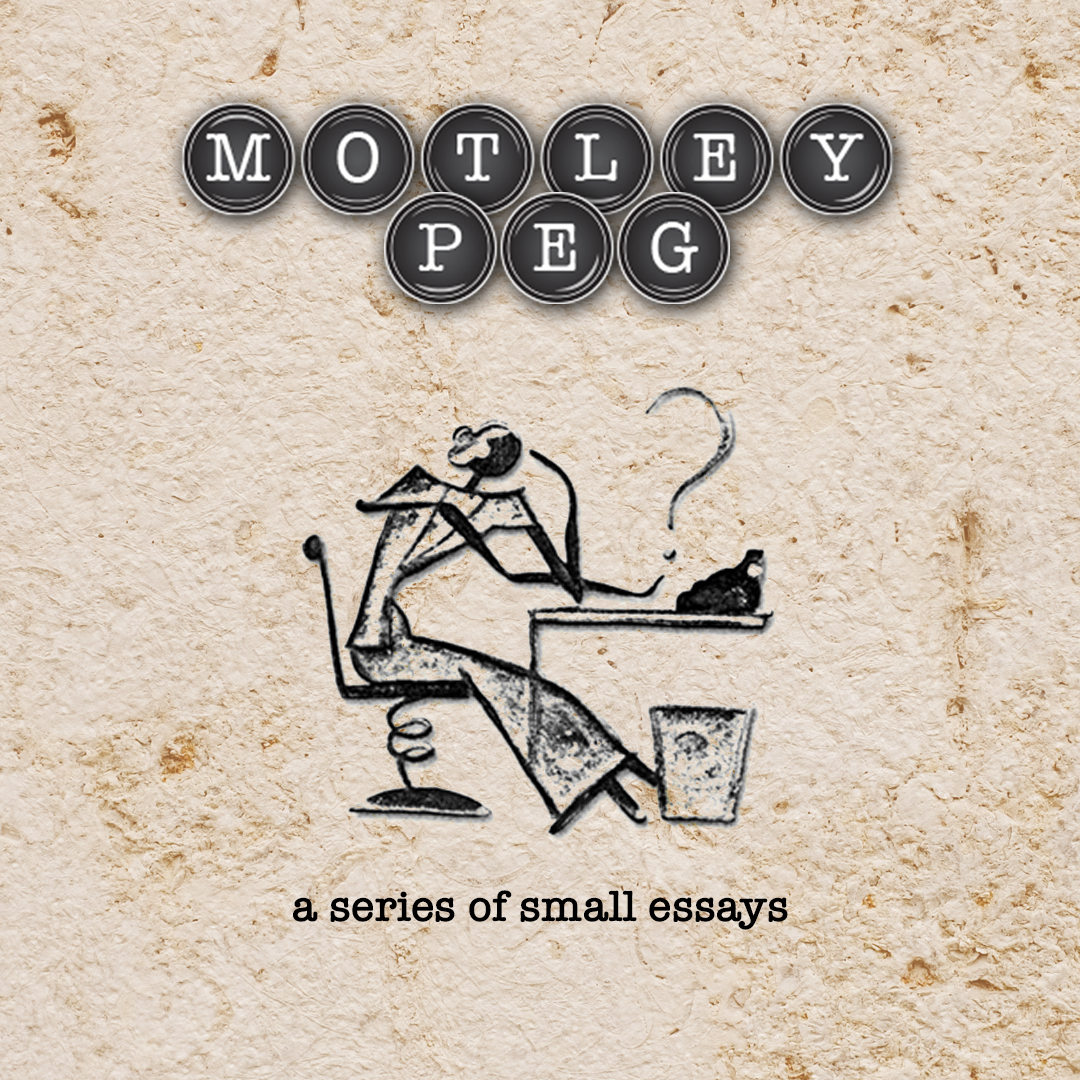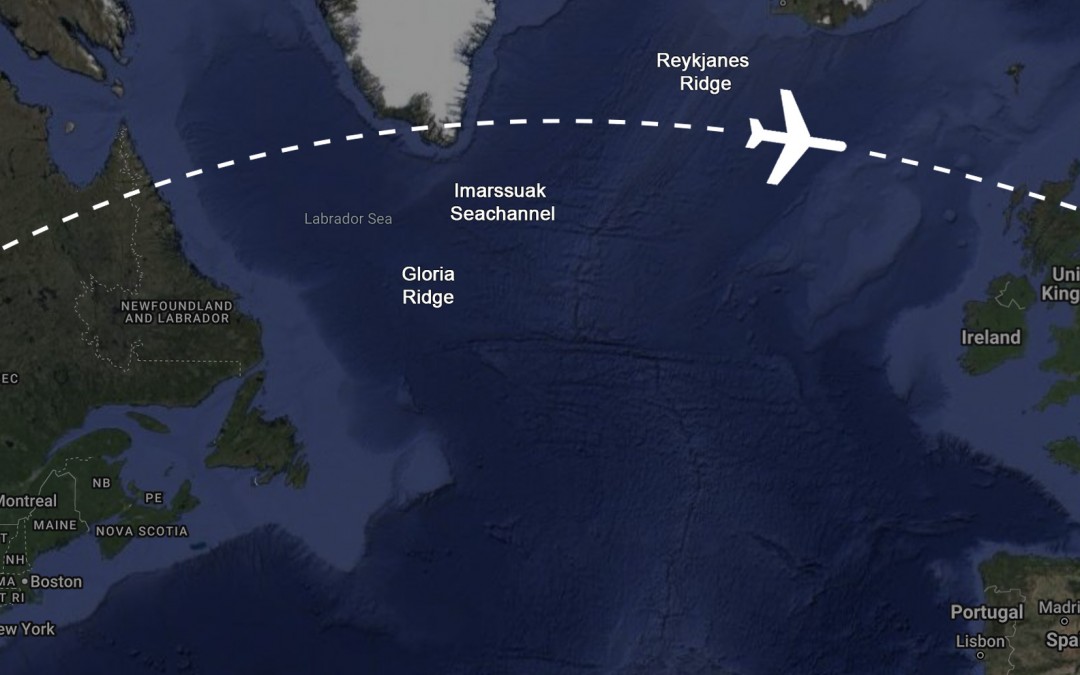Motley Peg
a series of small essays
When my children were small, and we gathered at the dinner table, I often made a little maternal speech. “Tell me one thing”, I would say,“that you saw or heard or thought or learned today that was beautiful or funny or interesting or new.” It was a way of talking, yes, (and getting them to talk) but I also wanted them to learn a kind of perception. I wanted the beautiful or funny or interesting or new things to pop out from the background, surrounded by a little glow, a little buzz, and lodge themselves in their perceptions. I didn’t want them to miss the wondrous details enmeshed in the quotidian.
Years into the confinement and constriction of the pandemic, with its necessity for wariness in moving through the world, my own perception is somewhat frayed. I need the sustenance of daily wonder. And I need to remember the power of moments of joy and humanity. Some days it feels like those moments are all we have to muster in the face of these times. All the more reason to lift them up and let them shine.
Come on, universe; tell me one thing.
This is a series of small essays. At a stately pace, perhaps twice a month. Motley Peg. Join me? Follow Motley Peg at facebook.com/

The Flight Tracker, Over Atlantic and Africa (04.18.24)
“Travel makes one modest. You see what a tiny place you occupy in the world.” (Gustave Flaubert)
Somehow I’ve never thought much about the ocean floor. But now it’s all different.
As a lifelong Midwesterner, I know of course that lakes have bottoms and contours, and I’ve heard that has something to do with fish behavior (slight chortle). As a big-lake boater, I’ve watched the depth finder in Lake Superior, and understand intellectually that the bottom drops off and there’s a lot of water down there.
Still, for me, the surface of the waters function effectively as a barrier. I watch it all move and churn with pleasure and occasional apprehension, but the region below is largely invisible. At least it was.
Early this year, I flew Minneapolis to Amsterdam, nine hours in an aisle seat, chosen in a vain attempt to claim a bit more legroom. Blocked from a window view – it was dark anyway – I passed time with the flight tracker, following the northward flight path across Canada. After clipping the edge of Hudson’s Bay, we flew eastward over northern Quebec and then Newfoundland. Occasional place names appeared on my little seatback screen, and fell steadily behind.
When the continent was behind us, the tracker image looked like a complex cloud system, grays and whites, heavily textured. And then it was studded with words again, these entirely unknown. I started taking quick snaps of the screen. What is “Gloria Ridge”? The Imarssuak Seachannel? The Reykjanes Ridge?
And to the south, out there somewhere in the dark, the Corner Seamounts? What on earth is the Great Meteor Tablemount?
I had always thought the ocean featureless. It turns out that the Atlantic is full of mountain ranges and ridges and plains and trenches and volcanoes which might or might not be extinct. 13,000-foot mountains whose peak is still 885 feet below the surface of the sea. There’s geology down there, and layering and movement of all that water. The complex geography of the sea, without even considering all those creatures and their sub-marine lives.
In the dark, we were overflying a system as complicated as the continent we’d departed from. Rocky Mountains? Great Plains? Consider the Atlantic Ridge, part of the longest mountain range in the world, a thousand miles that divide the ocean north/south. The deepest spot in the Atlantic, I read, is the Puerto Rico Trench, at about 5.3 miles. The plane was flying at a slightly greater distance above the top of the water. Perception need not stop at the surface; try to throw your imagination all the way to the bottom.
The flight tracker and its cartoon airplane image on a road of arrows leading east gave glimpses of an entire world below. Terra entirely incognita.
Nearly three stupendous weeks later, leaving Dar es Salaam, I was slumped in an aisle seat again, exhausted and overwhelmed by East Africa. The flight and tracker felt eerily the same and entirely different. Flying over land this time, back toward Amsterdam, a different set of names flitted by on my seatback. They, too, had been mysterious and exotic, but now? Familiar. Terra no longer incognita, but a landscape dotted with vivid images, somehow coming into tighter focus as I flew away and cast my mind down to the ground. Once again, words appeared on the little screen, and the continent rolled by.
Right down there was Arusha, where I walked into a village and tried my first words in Swahili. Jambo, mtoto! I said. Hello, children! And kwaheri, which means good-bye.
Lake Eyasi, where we walked out into the bush with the Hadzabe, hunter-gatherers who laughed merrily as they roasted an arrow-shot songbird over a dung fire, offering a slice to nibble.
A fine hospital in Karatu, to which, it was explained, women from different tribes walk for days in order to receive pre-natal care and give birth. There is a grassy lawn where they lie down and wait together.
The Ngorongoro Crater, where we entered an intact and inactive volcano sheltering a simply incomprehensible number of animals. One number that remains: there are eighty-three threatened black rhinoceros in the caldera; they have borne twenty-one babies in the last three years. They are surviving, and they are down there somewhere moving in the dark landscape as we fly overhead.
The plane flew over the Oldupai Gorge, called the cradle of humankind for its discoverable traces of early hominids. The more common name ‘Olduvai’, we learned there, is a misnomer. ‘Oldupai’ is correct to the people who live there. One asked us to be ambassadors for the correct name. We can do that.
And there, the Serengeti Plains. In the Masai language, Serengeti means “place with no end”; the balloon pilot, pointing out its vast interlocking web of animal trails, told us it is bigger than Belgium. Somewhere below us is the Masai boma we visited; in my bag is the Masai bead necklace I bought there from a woman who lifted her eyes, smiled a little, and made us part of a line of dancing women.
And also down there are the guides, companions who became friends during our weeks together in Tanzania. The travel was rigorous and full of change, but we learned to say “pole-pole”, slowly-slowly, and to ease up, appreciating each revelation as it appeared.
Storks in an huge-trunked baobab tree. Forty-one elephants in family groups moving slowly across the landscape. A pride of lions with eleven cubs, one buried to the shoulders chewing the inside of a buffalo carcass. A herd of plumed ostriches, heads to the ground like enormous chickens. A pool full of hippos. Stately giraffe, in a kind of slow motion. A thousand wildebeest crossing the road, knobby-legged babies racing to outpace their mothers. Each creature going about its business in serenity and equanimity, unperturbed by observation, on the continent where we are only visitors. We are of little interest.
Before this journey, Africa was an immense blank canvas to me. It is still immense, and still indifferent to the arrival, departure, and presence of many like us. But it is no longer blank. I can feel its abundance. Flying over it now, it is teeming, studded with a string of images, my own memories, like little pieces of light in the dark. Asante sana. This means thank you very much.
*****
Flaubert (1821-1880) was a French novelist, best known for Madame Bovary. His travels seem to have been to Greece, Egypt, Istanbul, Beirut and Carthage.





































